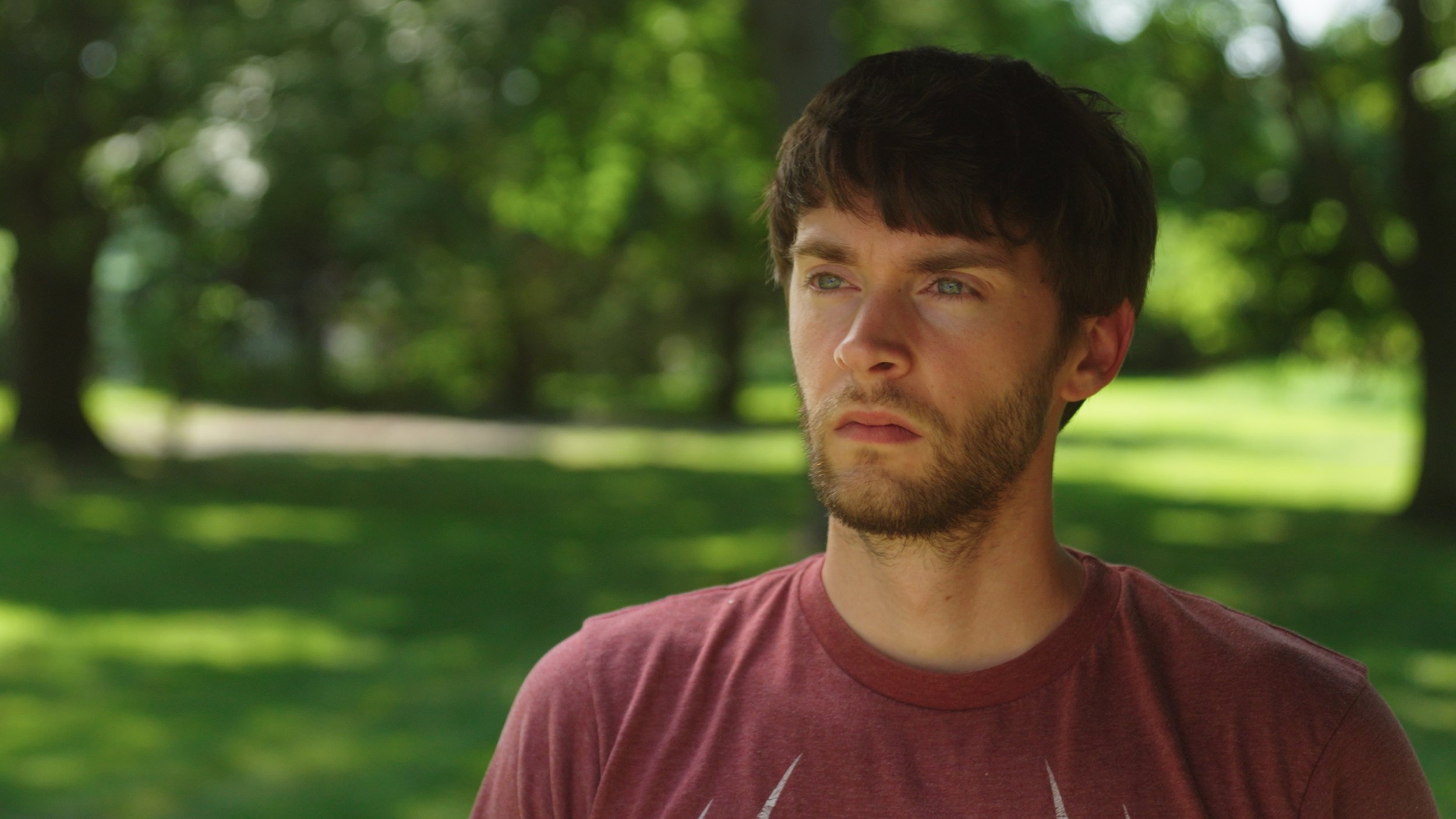Harnessing Natural Light: Tips for Masterful Outdoor Cinematography
As a seasoned Director of Photography with over seven years of experience, one of the most exciting aspects of filmmaking is harnessing the beauty of natural light for outdoor cinematography. Unlike controlled studio environments, shooting outdoors presents a unique set of challenges and opportunities. In this blog post, we will delve into essential tips and techniques that will help you elevate your outdoor cinematography skills and capture stunning visuals that resonate with audiences.
Study the Sun's Path:
Understanding the sun's movement throughout the day is crucial for planning your outdoor shots. The sun's position directly affects the quality and direction of light, as well as the shadows it casts. Some really good tools that can aid in this process are app found on the app store like, Helios, Sun Seeker, and Lumos, just to name a few. I personally use Helios and that allows me to track sunrise and sunset times, track the suns position in augmented reality, and even identifies blue and golden hours. Speaking of golden hours, familiarize yourself with the golden hours, which is the hour when the sun rises and also when the sun sets. Golden hour is one of the most cinematic ways to harness natural because of its flattering light quality and light color. In addition, shooting at blue hour, which is the hour BEFORE the sun rises or the hour AFTER the sun sets. Its the time of day where there is still light out but the sun is beyond the horizon, so its just ambient light being bounced off the ozone. The challenge with this hour is that the light levels are much lower than golden hour, but with how sensitive modern sensors are to light, you can get away with it.
Put your Subject between the Sun and your Camera:
This is a technique I employ on every subject that I shoot outdoors. The idea of this workflow is that you are going to use the sun as a backlight, in an attempt to separate the subject from the background. In a controlled setting you would put in a hair light or edge light to do this, but because we only have access to one light source when shooting outside, I find it much nicer to use as a back light as opposed to a key light. If you use the sun as a key light, often times you will see your own shadow on your subject, the light quality is unflattering as its too harsh, and the strength of sun usually makes people squint and struggle to keep their eyes open. A couple things to keep in mind to maximize this technique;
Put the sun behind the subject, but don’t put it in frame. You can’t expose for the sun and you impede on your camera’s dynamic range.
If you need a little light on the face, you can open up your subject to a three-quarters like stance with the camera and you will get some level on the face and maintain some visual interest between light and shadow.
Use Reflectors and Diffusers:
While natural light is beautiful, it can be harsh and create unwanted shadows or highlights. Employ reflectors to bounce light onto your subject, filling in shadows and creating a more balanced look. Whenever I use a reflector, I like to do it in a way where it wraps the sunlight around the face. I do this because it maintains a natural progression of light across the face, which keeps shape on the face, which increases visual interest. The easiest way to do this is have you subject stand at a slight three quarters stance to camera so that you have a place off camera to push the light via a bounce only on to on side of the face. You also want to bounce the light from above the eyes if possible because daylight comes from above in nature, not underneath. On the other hand, you can use diffusers to soften and spread the sunlight, especially during midday when the sun is at its brightest. If you are faced with a challenge where you must have the subject face the sun, using a diffuser will make all the difference and your subject will even thank you for making it easier on them to to perform.
Embrace Cloudy Days:
Contrary to popular belief, overcast days can be a cinematographer's best friend. Clouds act as a giant diffuser, creating soft and even lighting across the scene. This lighting condition is perfect for shooting emotional or intimate scenes, as it eliminates harsh shadows and minimizes distractions. Cloudy days are a great time to shoot, just double check the weather app and make sure there’s no rain in the forecast!
Be Mindful of Exposure:
Maintaining proper exposure is essential when working with natural light. Pay close attention to the camera's exposure settings and use neutral density (ND) filters to control the amount of light hitting the sensor. ND filters is one of the easiest ways to separate your work from others. When exposing the only setting you should ever change is the aperture. ISO must remain at the camera’s native ISO to maintain the highest dynamic range possible, and the shutter speed should be at 180 degrees or two times the frame rate. This maintains that your image retains cinematic motion blur and good exposure. One of the only ways to do this and maintain a shallow depth of field is via a ND filter. If you don’t have one, GET ONE. There are some good ones from Polar Pro, K&F Concept, and Freewell.
Compose with Sun Flares:
Sun flares can add a touch of magic to your outdoor shots, creating a dreamy and ethereal atmosphere. To capture sun flares effectively, position your camera so that the sunlight enters the lens at an angle, resulting in captivating bursts of light. This is particularly effective when you utilize camera movement to bring them in to frame and out of frame. Do a few rehearsal or test shots before you roll for real, to get a sense of where the flares start to play in the shot.
Utilize Silhouettes:
Silhouettes are powerful storytelling tools that can evoke emotion and drama in a scene. When shooting against a bright background, such as a setting sun, position your subjects as dark shapes against the intense light to create striking silhouettes. When you are in locations or scenarios where you can’t control the sunlight, definitely look to employ this technique. Its a simple way to get a very cinematic shot and utilize the situation presented to you.
Adapt to Changing Conditions:
Outdoor cinematography is wholey dependent on the sun which means things will change. Often. Without warning. Natural light is constantly shifting, and weather conditions can change the amount of light in the scene and the quality of light in the scene. Formulate some back up plans so that you can be prepared to and embrace the spontaneity of working with nature to capture unique and unexpected shots. This isn’t always bad. You might get the shot of your production because you were forced to react with nature.
Utilize Negative Fill:
Negative fill is the art of shadow or the process of removing light from a subject. Negative fill is any opaque black material. The larger it is and the closer it is to your subject, the more effect it will have on the image. It does a great job of increasing contrast on the subject, and creating more shape. It was an absolute game changer when I learned of this technique.
Shrink Your Shots:
When I say shrink your shots I mean avoid shooting wider shots. The reason I say this is because it is much harder to have control over natural light in a wider shot. The equipment required to harness natural light for wide shots is far beyond what either you or I could have access to on a daily basis, let alone use safely and correctly. If you know you’re going to be outside shooting, look to shrink your shots down from medium shots down to closeups and really put the extra effort in to manipulate the natural light. I’m not saying to scratch wide shots from your pre-production planning, but look to put effort in to other aspects of cinematography in to your wide shots like camera movement, composition, or color.
Utilizing natural light will not only elevate the visual quality of your films but also set your work apart as its a difficult thing to control. The sun is everything. It is the ONLY light when working outdoors. Remember to study the sun's path so you know where you can put your subject, use reflectors and diffusers to gain some control over the, and be mindful of exposure to create stunning and cinematic outdoor shots. Embrace the challenges and opportunities that working with natural light presents, and let your creativity shine through as you capture captivating visuals that leave a lasting impression on your audience. Keep practicing, keep shooting!


